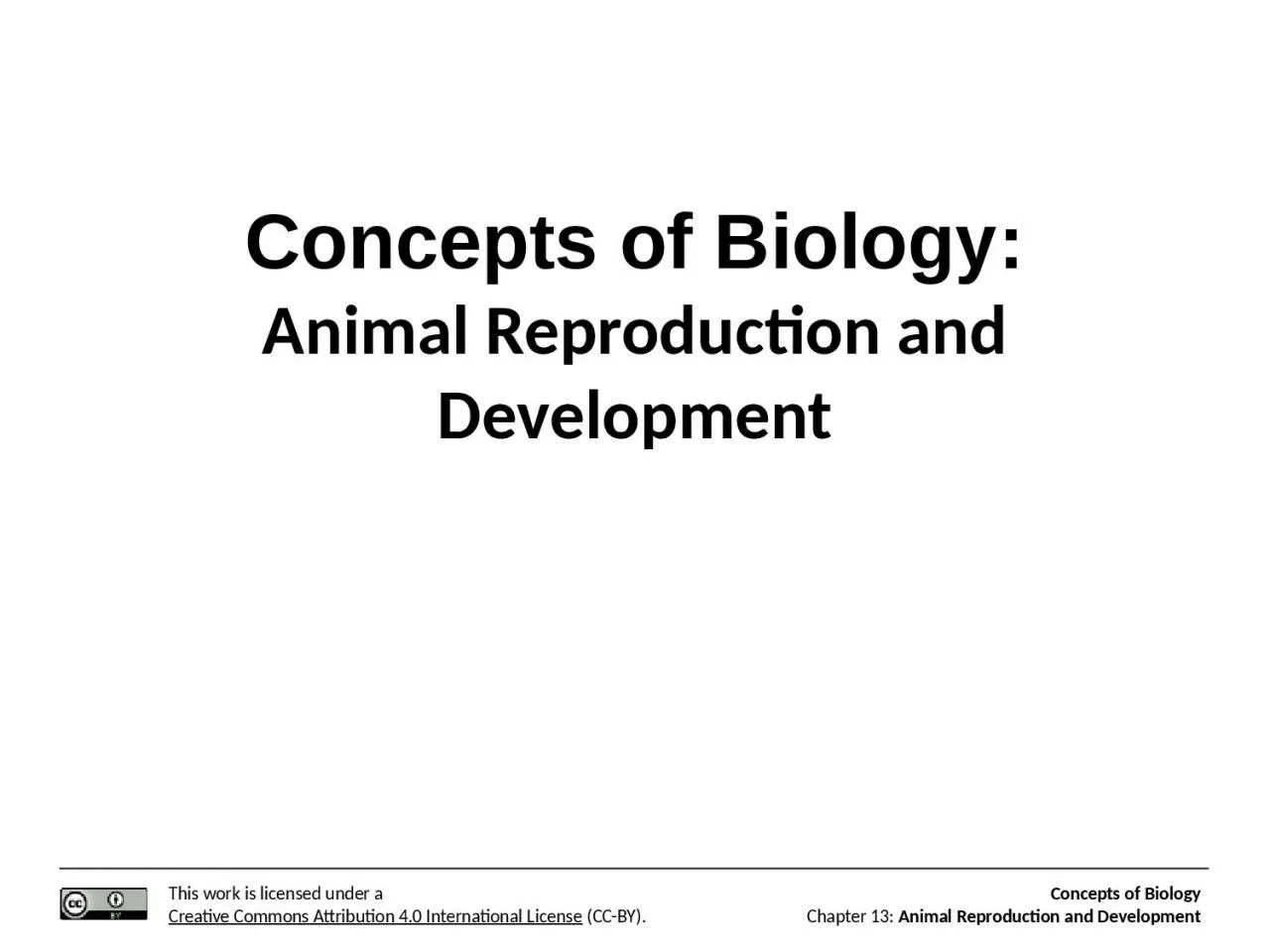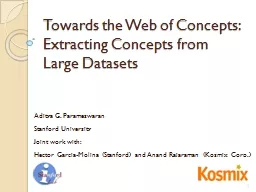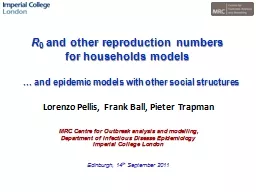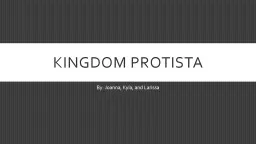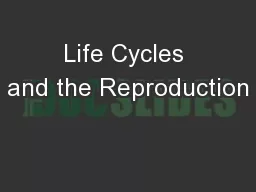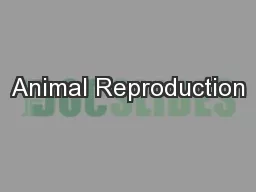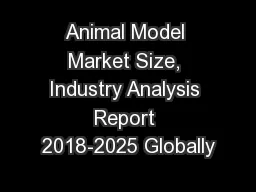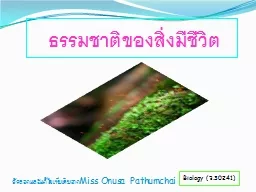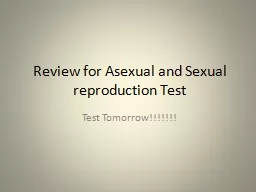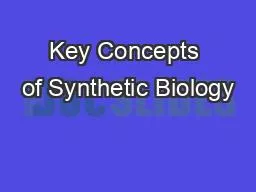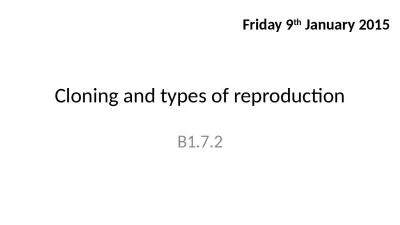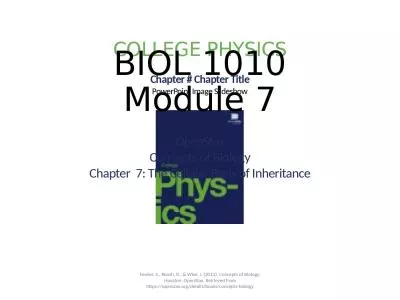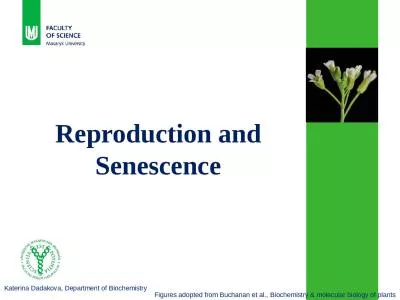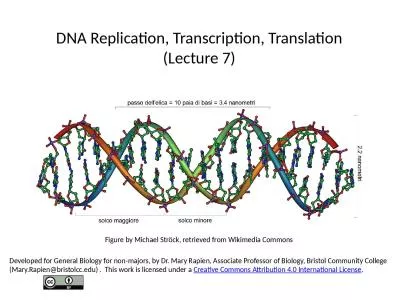PPT-Concepts of Biology: Animal Reproduction and Development
Author : adia | Published Date : 2022-06-07
Female seahorses produce eggs that are then fertilized by the male Unlike with almost all other animals the young then develop in a pouch of the male seahorse
Presentation Embed Code
Download Presentation
Download Presentation The PPT/PDF document "Concepts of Biology: Animal Reproduction..." is the property of its rightful owner. Permission is granted to download and print the materials on this website for personal, non-commercial use only, and to display it on your personal computer provided you do not modify the materials and that you retain all copyright notices contained in the materials. By downloading content from our website, you accept the terms of this agreement.
Concepts of Biology: Animal Reproduction and Development: Transcript
Download Rules Of Document
"Concepts of Biology: Animal Reproduction and Development"The content belongs to its owner. You may download and print it for personal use, without modification, and keep all copyright notices. By downloading, you agree to these terms.
Related Documents

